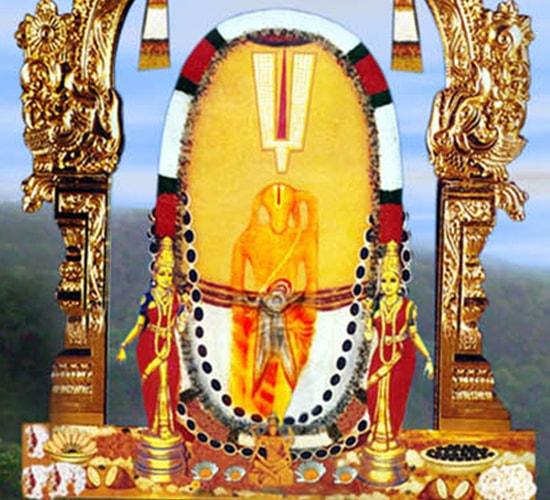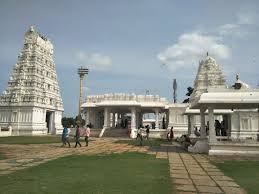The followers of the Krishna cult founded the Radha Ballabhi sect under which of the following?
In c.1585 CE, the followers of the Krishna cult founded the Radha Ballabhi. The sect was founded under Hari Vamsa. Vallabacharya, a popular bhakti saint popularised the Krishna bhakti cult in the early 16th century.
In which of the following regions of the Indian subcontinent was Rigveda Samhita composed?
The Philological and linguistic evidence clearly suggest that the bigger part of the Rigveda Samhita was composed in the northwestern region (Punjab) of the Indian subcontinent, most likely between c. 1500 and 1200 BC.
Which of the following has been interpreted as the “last chapters, parts of the Veda” and alternatively as “object, the highest purpose of the Veda”?
The Upanishads are also described as Vedanta. Vedanta has been interpreted as the “last chapters, parts of the Veda” and alternatively as “object, the highest purpose of the Veda”.
The ethical theory of the Yoga school is based on which of the following concepts?
Yamas and their complement, Niyamas, represent a series of “right living” or ethical rules within Hinduism and Yoga. It means “reining in” or “control”. Together, Yamas and Niyamas are personal obligations to live well.
Which of the following schools of thoughts is known for its belief in Niyati (“Fate”) or doctrine of absolute determinism?
The Ajivika school of Hindu philosophy believes in Niyati (fate) doctrine of absolute determinism. The philosophy is premised on the doctrine that there is no free will and that what happens is predetermined and preordained resulting out a function of cosmic principles.
Which of the following is not propagated by Ramakrishna Mission?
Ramakrishna Mission propagates the Hindu philosophy of Vedanta–Advaita Vedanta and four yogic ideals–jnana, bhakti, karma, and Raja Yoga.
Which of the following is considered as the Veda of the melodies and chants?
The Samaveda (from saman “song” and veda “knowledge”), is the Veda of melodies and chants. It is a liturgical text which consists of 1,549 verses.
Who is credited as the compiler of the Puranas?
Vyasa who is the narrator of the Mahabharata, is credited with compilation of the Puranas. Vishnu Purana mentions that Vyasa entrusted his Puranasamhita to his disciple Lomaharshana, who in turn imparted it to his disciples.
When did the Vira Nirvana Samvat era begin?
Mahavira was born in 599 BC and died in 527 BCE. The Vira Nirvana Samvat era began in 527 BCE (with Mahavira’s nirvana) and is a firmly-established part of Jain tradition.
Why was Jain dharma founder Mahavira called so?
According to the Kalpasutras, he was called Mahavira (“the great hero”) by the gods in the Kalpa Sutra because he remained steadfast in the midst of dangers, fears, hardships and calamities.








